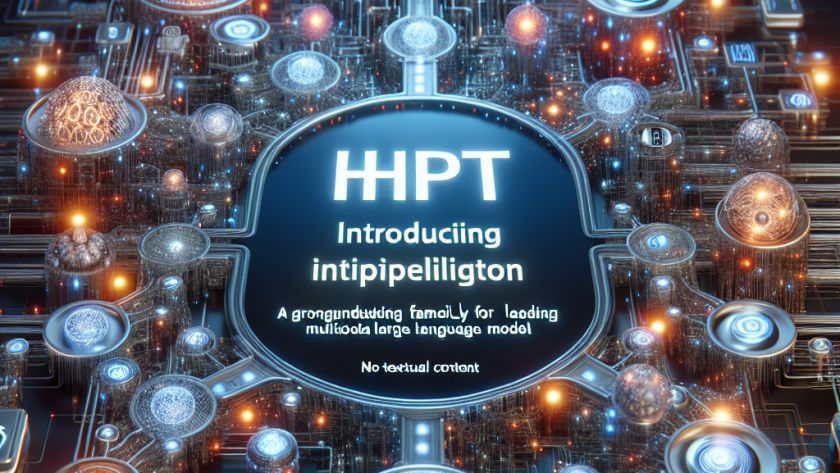Large Language Models (LLMs) have been at the forefront of advancements in natural language processing (NLP), demonstrating remarkable abilities in understanding and generating human language. However, their capability for complex reasoning, vital for many applications, remains a critical challenge. Aiming to enhance this element, the research community, specifically a team from Renmin University of China…












